Could tee height solve the USGA’s “distance problem”?
The question came from one of our Twitter followers (yes, we do read your messages). It’s an intriguing propositon.
So the guys at MyGolfSpy wanted to know the facts. MyGolfSpy Labs tests are born from questions and curiosity. And given the context of the larger distance debate, it only made sense to grab a couple of tees (of different heights, of course), bring in some testers, and see where the data leads us.
Not only does our data reveal some significant differences that suggest that limiting tee height could help throttle distance on TOUR, we also found some insights that could help you hit the ball farther and more consistently.
TEE HEIGHT TEST – PARAMETERS
For this tee height test, we tested two heights: 1.5 and .5 inches (measured from ground level).
- The test was conducted at MyGolfSpy’s test facility in Yorktown, Va.
- Ball and clubhead data were collected using a Foresight Sports GCQuad Launch Monitor.
- All shots were hit with a PING G410 LST driver and Bridgestone Tour B X golf balls.
- In total, 120 drives were hit using each tee.
KEY FINDINGS
1. DISTANCE
Our data suggests a 1.5-inch playing tee creates 14.19 more carry distance on average than a .5-inch playing tee. That is a massive difference. Furthermore, the same data reveals that total distance of the 1.5-inch was 14.66 yards longer on average
Bottom line, a tee that’s 1-inch shorter produces significantly less distance. The next few points will explain why.
2. LAUNCH ANGLE
Tee height affects launch angle because, simply put, it influences where you hit the ball on the club face. With a higher tee, you’re more likely to hit it higher on the club face and vice versa.
It’s not particularly surprising that shots hit using the .5-inch tee launched appreciably lower (3.54 degrees on average). The largest contributing factor to the lower launch angle was low face impact. With the .5-inch tee, impact location was more than 4mm lower on the face than with the 1.5-inch tee.
3. BACKSPIN
Low face contact is a recipe for increased, often undesirable, backspin. For many golfers, backspin is a distance killer and that’s what we observed.
In our test, backspin was 326 rpm higher on average with the .5-inch tee. In addition to the lower impact location, with the shorter tee our testers delivered the club with a slightly more open face which further increases spin and compounds the distance loss.
4. ANGLE OF ATTACK
The guys at Foresight Sports define “angle of attack” as “the descending or ascending path of the clubhead measured in degrees.” How much are you hitting up or down on that ball? That’s the angle of attack measurement. A more positive attack angle typically produces higher launch, less spin and ultimately more distance. We told you all of these things are related, right?
Backspin is a distance killer and a negative angle only adds to the problem. When you hit down on the ball and add unwanted spin, distance suffers.
So how does this factor into tee height?
With the taller tee, our testers’ average angle of attack was 1.68 degrees more positive. At a ball speed of 150 mph, the change in launch conditions attributable to that difference will result in nearly four yards of additional carry and five yards of total distance.
5. STROKES GAINED/ACCURACY
Who likes to hit fairways? We all do. You know what else we like? Gaining strokes.
We found the 1.5-inch tee produced higher strokes-gained values, fairways-hit percentage and better forgiveness. What does this have to do with distance?
As we have seen, the .5-inch tee was significantly shorter across the board. Multiple distance metrics were affected by the tee height difference as were other key metrics. The .5-inch tee is worse in strokes gained, fairways hit and forgiveness.
TEE HEIGHT IMPACT
Bringing this all back to our original question; yes, absolutely, limiting tee height is a viable way to limit distance, though we suspect it wouldn’t take long before TOUR players and equipment manufacturers find a workaround. Call them mini drivers, big fairway woods … it doesn’t matter. They’ll go every bit as far and, because of the smaller, more aerodynamic shapes, Tour players might actually gain distance.
For the other 99.99% of us for whom the only problem with distance is a lack thereof, a taller tee could be part of the solution.
Our results suggest that golfers using shorter tees could be leaving upwards of 15-yards on the table. A shorter tee also produced less consistent results.
While there is some individual preference (and comfort level) when it comes to selecting the right tee height, there’s definitely something to the adage “tee it high and let it fly!”
We can’t recommend enough that you grab some tees of varying heights, run your own lab, and find out how much you stand to gain by using a taller tee.
Helping you get the golf swing and game you've Always Imagined!
Daniel is the Head of Golf Instruction at IMAGEN Golf and Best Selling Author of "Unleash The Golfer Within".

Hey everyone, Daniel Guest here—Top 100 Coach, #1 Instructor in PA, and founder of Imagen Golf. I've given over 39,000 lessons, and if there's one thing I know, it's that the game is always evolving. We're not just practicing anymore; we're training smarter than ever. The days of just grinding on the range are over. The future of golf instruction is personalized, tech-driven, and focused on your unique blueprint. Let's dive into the three biggest game-changers you need to leverage right now to Unleash the Golfer Within!

NEWTOWN, Pa. - Oct. 12, 2025 -- Newtown and surrounding communities are about to experience golf like never before. The Golf Place, a state-of-the-art indoor golf facility designed for enthusiasts of all skill levels, from those honing their game to those simply seeking a fun, engaging golf experience, today announced its grand opening for Tuesday, October 25, 2025. The Golf Place is poised to become the region's premiere destination for indoor golf instruction, practice, and play. The facility will feature eight cutting-edge Trackman golf simulators, offering hyper-realistic gameplay, detailed swing analysis, and access to the world's most famous courses.
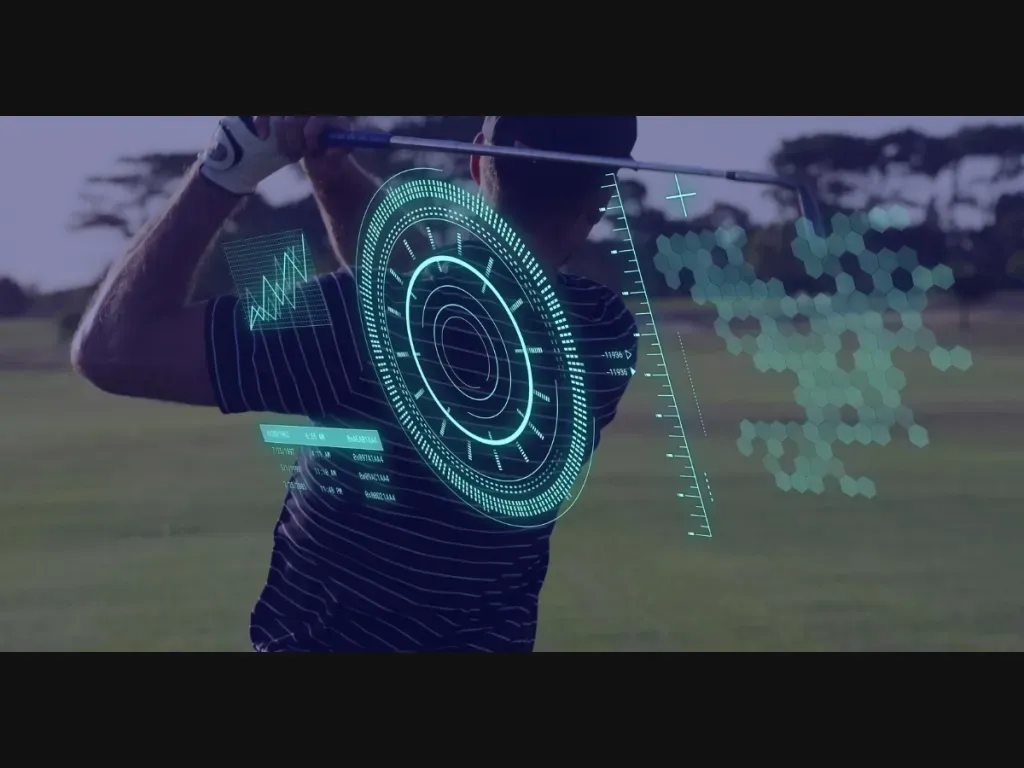
Moving decisively away from subjective "feel-based" advice to a scientific, data-driven approach.Fueled by advancements in technology, the latest trends are democratizing the precise analysis once reserved only for tour professionals, making personalized, high-level coaching accessible to every golfer. Here's a look at the key trends shaping modern golf instruction and practice in 2025:

For years, you've been told to do a bunch of confusing things—like opening the clubface wide open and swiping across the ball—that just don’t work for the average golfer. It’s an old-school approach designed for old-school wedges. But at Imagen Golf, we don’t teach that. We teach the new-school bunker technique that the best players in the world are using every week to make bunker shots look easy. Players like Scottie Scheffler, Jon Rahm, and Collin Morikawa have all ditched the old rules for a simpler, more powerful way to get the ball up and down.
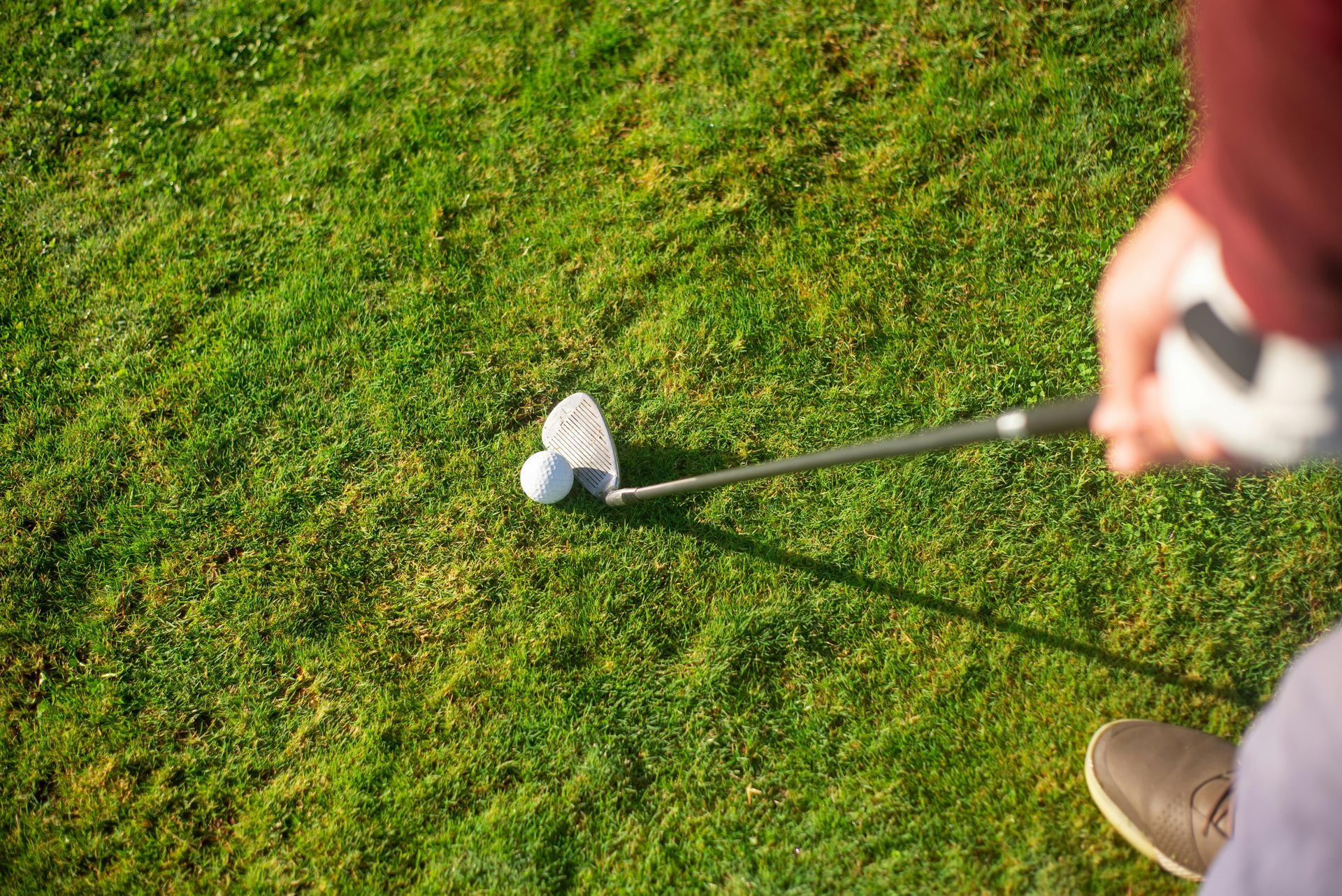
When we hear the word stinger in golf, the first thought that often comes to mind is Tiger Woods and his famous 2 iron stinger he rips down the fairway.This golf shot is super important to have in your skill arsenal. If you don’t carry a 2- or 3-iron, a fairway wood will achieve similar results. The concept behind the shot can also be used for punch approach shots to receptive greens, using any club down to a pitching wedge.On windy days, you can use it to maximize distance by hitting that low flying drive that stays low and runs like crazy upon landing. Meanwhile, your playing partners are watching their drives get hung up in the wind, losing 50 yards off their normal distances. So what's the secret? How do we perfect the stinger like Tiger? To hit the “stinger” you want to produce a low dynamic loft when you strike the golf ball in order to create a low launch and low spin. By default, you're used to hitting with high dynamic loft so it can make the transition a challenge at first but once you master it, you can hit this golf shot on command any time you need. How to Hit with Low Dynamic Loft To produce low dynamic loft, we want to create forward shaft lean at impact which basically means the grip of your club is ahead of the clubface when striking the golf ball. This delofts the face which helps lower the launch angle and back spin rate. In order to create a forward shaft lean at impact you'll need to change a few things during set up. 1. Start by moving the golf ball a little further back in your stance and place a little more weight on your lead side (left side for right handers). This simple adjustment in set up will set your hands forward at address and will help you produce a slight downward hit on the ball. 2. Choke down about an inch on the grip for added control. These adjustments should cause your arms and the shaft to form a “y”. Make a smooth, full backswing, and try to retain this “y” as much as possible throughout the swing. 3. Now the key to creating a low loft and square face at impact is in the lead wrist. The stinger’s low trajectory and extra roll result from the bowed wrist position at impact. To practice getting the bowed wrist feeling, simply make a swing with your lead arm, without a club. Return the hand to impact with your lead wrist “bowed” so that the logo on the glove points to the ground directly in front of the ball. This is a great “feeling” in the golf swing to help lean the shaft forward and square the face up when striking the golf ball 4. Lastly, make sure you maintain this low loft through impact and during the follow through. The mental swing thought is to hit the ball and stop. This prevents the wrists from flipping over or “releasing” after impact. Once you achieve the bowed impact, the finish flows naturally, as the trunk and arms rotate the club around to the left. Instead of causing a slice, this allows for a low, running draw. The faster the body unwinds, the farther you can hit the ball. The finish should feel very different from a normal swing where the hands turn over. To “sting” it, the wrists stay firm, and the left elbow folds down toward the ground.
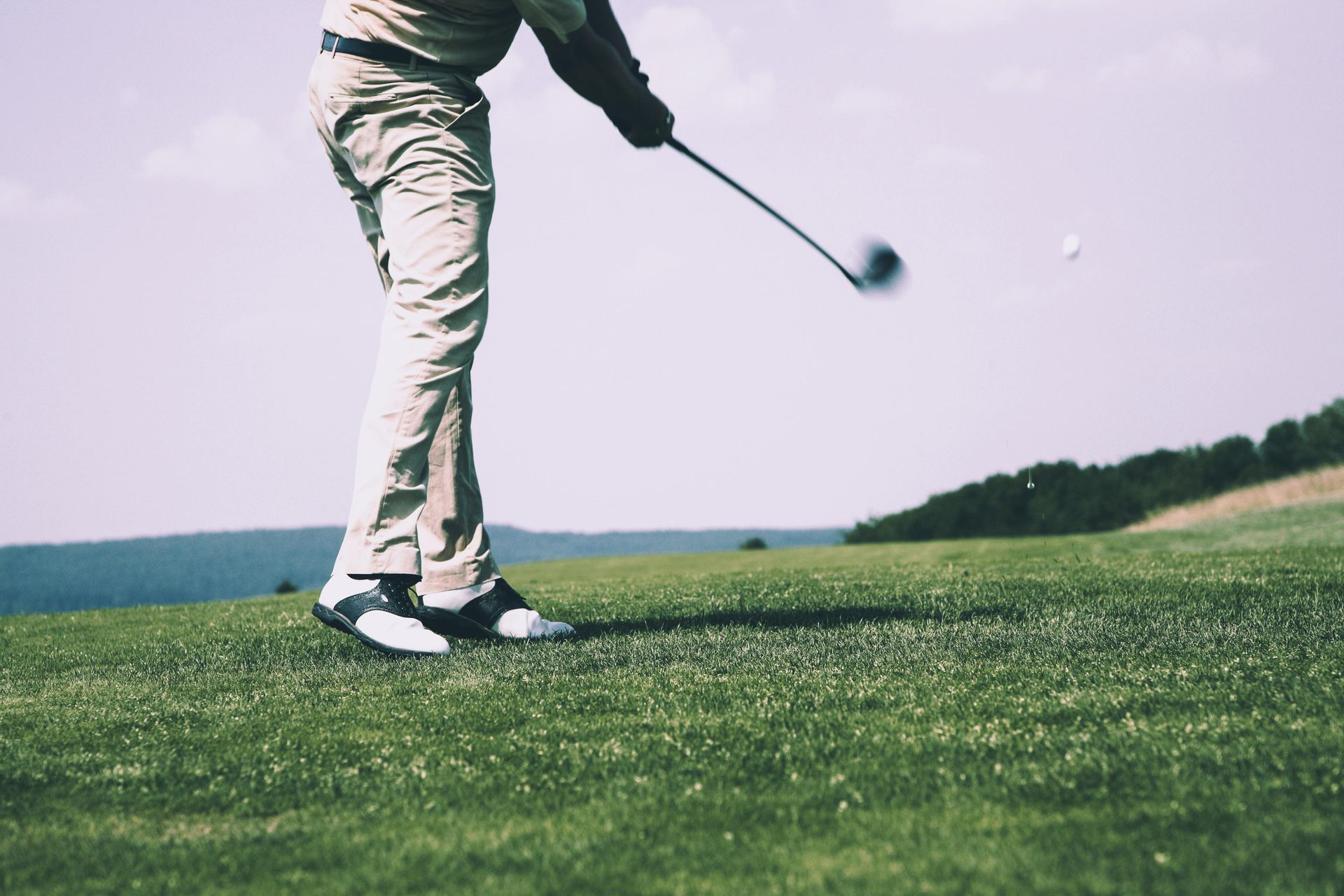
#1: Choke Down the Club The first step to getting back in control when you feel like you're losing your swing mid-round is to choke down on your clubs more than normal. Shortening the stick will help you control the face more, similar to how you can hit your wedges straighter than the driver because they're a shorter club length. #2: Swing at 60% Normal Power During our golf rounds, we often start changing our tempo and speeding up our swing without realizing it. This mental tip will help you slow down a little bit by getting you to feel like you're swinging 60% of normal, but in reality, you're probably swinging 80-90% still. As we slow down our tempo and get back to a more natural rhythm, you'll see control come back into your golf swing. A good way to do this, it to take 3 swings. The first one swing as hard as you can. The second, swing very soft. Then on your third, try to swing in the middle of the previous two swing speeds.Subscribe #3: Hold the follow-through finish until you see the ball land. In basketball and in golf, the follow-through is important to keeping the shot on line. Try making your swing thought about holding the follow-through prior to swinging and it will take your mind off of what all could go wrong during the swing. It also will tell your subconscious mind to recall what the follow-through feels like. It's often the backswing or the downswing we are focused on feeling in our pre-shot routine and during our golf swing, but let's put our mind onto the follow through and focus on holding it like a statue upon finishing. Learn more about our advanced golf training to speed up your improvement!
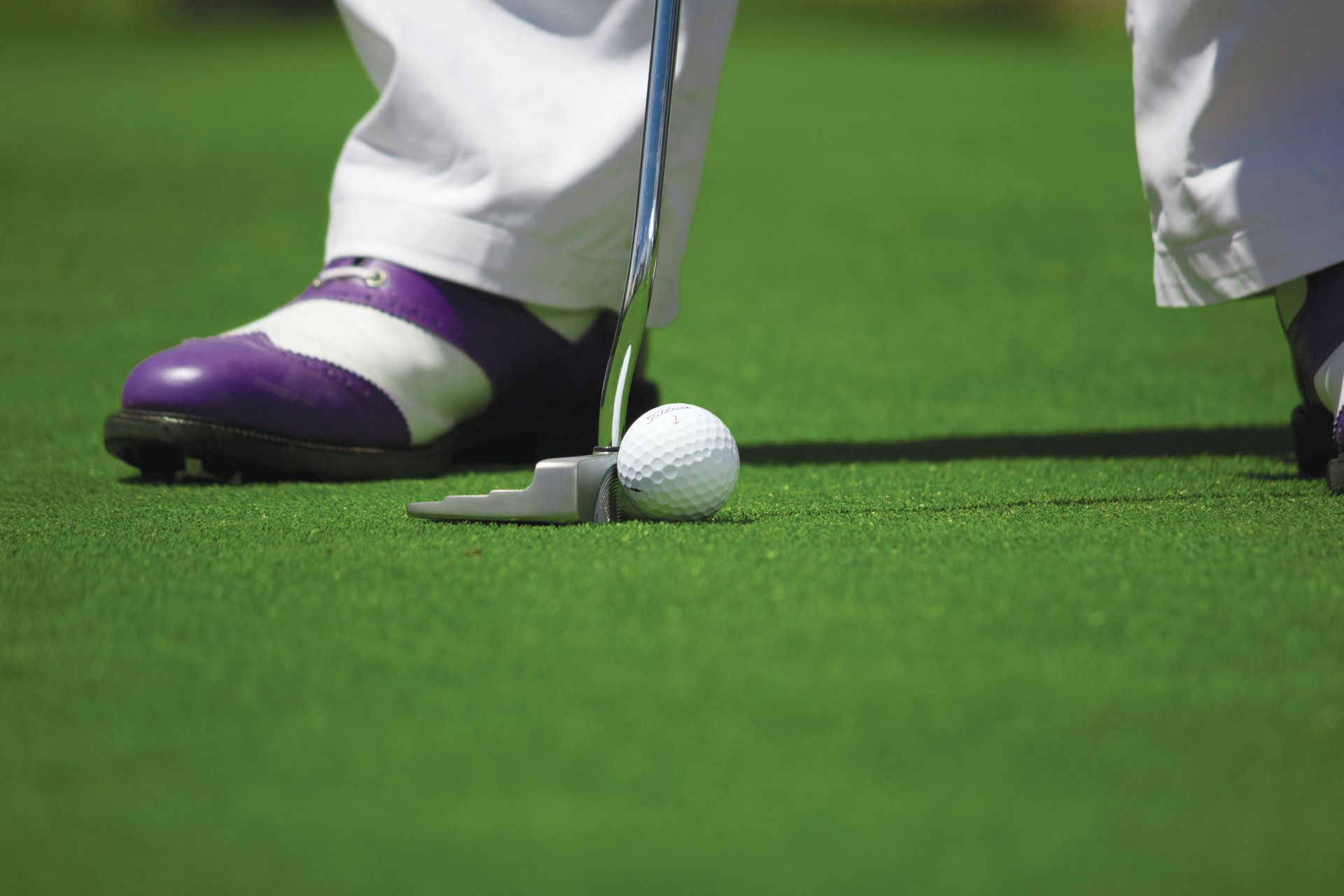
Proper footwork, weight distribution, and weight movement are fundamentals that many players can improve if they understand and practice properly while working on their golf game indoors. Good footwork puts you in the best position to deliver the club consistently. That’s where a good friend of mine and Golf Digest Top 50 Instructor Todd Sones is teaching these days: indoors. In the winter months, Todd works out of the Buffalo Grove Dome located 45 minutes northwest of Chicago. Todd is on the Golf Academy of America’s National Advisory Board and says when you’re practicing inside, you should always wear your golf spikes. So often, Todd sees people come in to practice off the mats wearing their tennis shoes. While it’s convenient, the problem is that your tennis shoes are designed for heel-toe motion, a linear motion. Golf is a rotational motion. It’s important that you’re on your feet properly. The best players move in a circular motion. Their weight is more toward the balls of their feet at address, their knees are slightly flexed, and their lower body is engaged. As the body rotates, a good player loads the heel of the trail leg and then on the transition to the downswing, drives into the instep of the lead leg before rotating back into the heel of the lead leg. Although you start on the balls of your feet in the set-up position, you really swing from the heels throughout the backswing and the downswing into impact. When you’re wearing tennis shoes that push your weight more toward your toes, you can’t swing the club nearly as forcefully as you can if you’re swinging with proper weight distribution. When someone wears their tennis shoes, you’ll see their head move forward into their toes, and then they back up away from the golf ball during the swing.
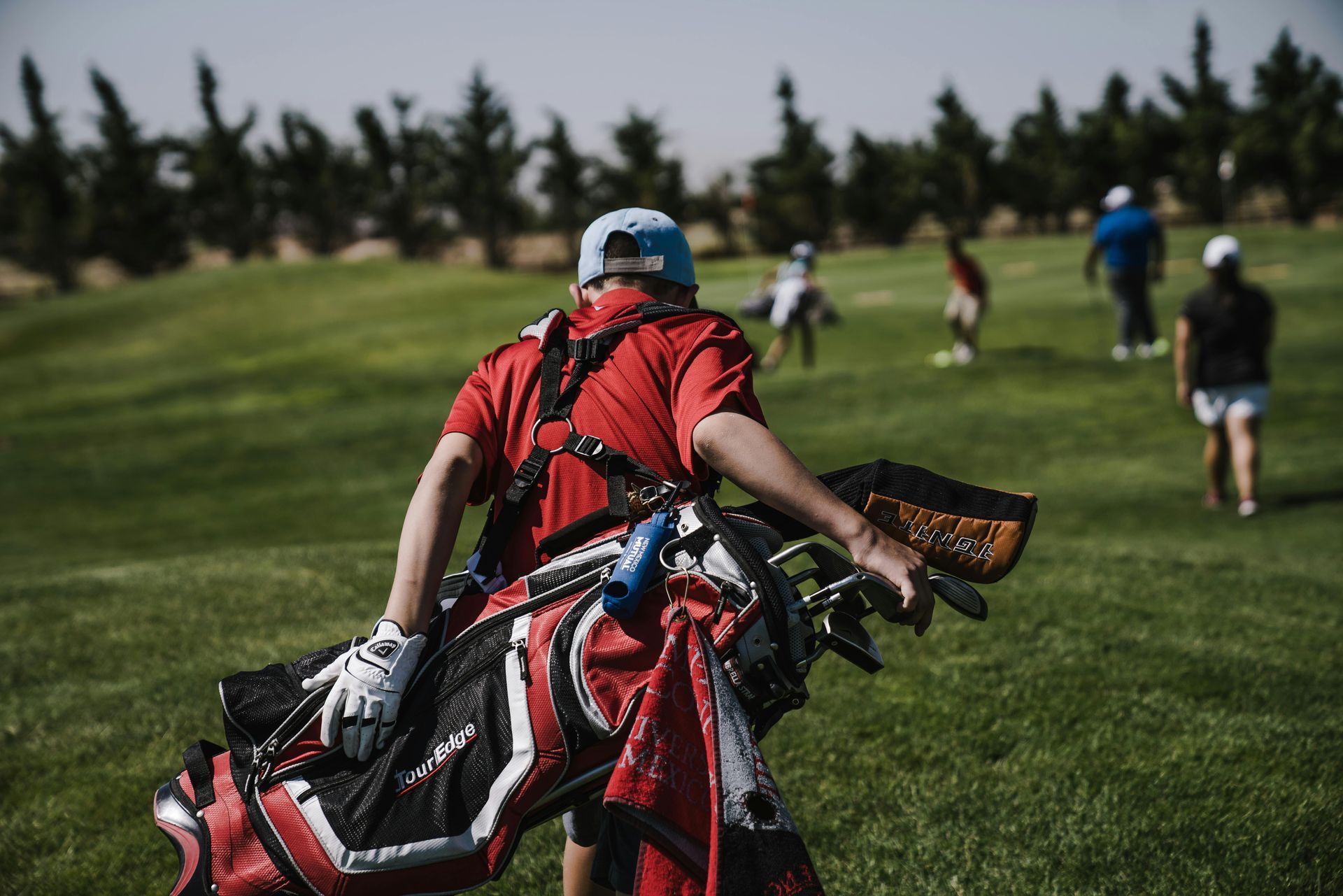
The hard truth is that the average golfer plays for years and never improves. But why? With input from many of my instructor friends, we’ve drawn up a list of the 12 reasons why you may not be getting better. 1. You never practice You know that whole 10 thousand hours thing? How it takes at least that long to master a skill? Do the math. Ten minutes once a month isn’t going to get you there. 2. You practice unproductively Smacking drivers on the range until you’re blue in the face might give you a backache. But it’s not going to get you where you want to go. What you need to do is practice with a purpose. Go to the range to get better at one thing, posture for example. Once you’ve spent 30 minutes working on that and incorporating into your swing, leave the range. 3. Your equipment isn’t optimized That includes your golf ball, we recommends getting your entire arsenal checked at least once a year. 4. You’ve got the wrong mix of clubs News flash. You’ve got no business carrying a two-iron. You’re also probably not good enough to have more wedges than hybrids in your bag. So don’t. 5. You don’t track your stats You think you’re a great putter, and a middling driver. But are you really? Without knowing for sure, you can’t maximize your practice time, much less devise an optimal on-course strategy. 6. You’re not as good as you think you are Two-twenty over water is not in your wheelhouse, but you always try it, because, well, your weakness is your fondness for the hero shot. 7. You’re too hard on yourself On approach shots from 150 yards, the average Tour pro leave is 23 feet from the pin. But you somehow believe you should be knocking down the flagstick, so you berate yourself every time you don’t. 8. You ride a cart You think you’re saving energy. What you’re really doing is losing touch with the natural rhythms of the game. Walk when you can. 9. You think there’s a quick-fix In a world filled with swing tips, you believe there’s a magic one that will solve all your problems. So you search, and search. You might as well be trying to track down Sasquatch. The tough news is it comes down to working on good principles long enough for them to become habits. 10. You’re don’t hit it far enough Sorry, but size matters. A good way to get better is to swing the club the faster to hit the ball longer. Any good coach can correct crooked, but getting the ball to go farther is a tougher task. 11. You focus more on words than feel You’ve gotten a lot of verbal instruction. But, words don’t translate as well to performance. Pay more attention to images and feels. It will free up your mind. And your swing. 12. Play the appropriate tee box I know, all your buddies play from the blues, but you’re a 20+ handicap. Not only do you have NO business playing from the far tee boxes but it hurts your game as the course sets up completely different for you now. Put your ego aside and have fun!


